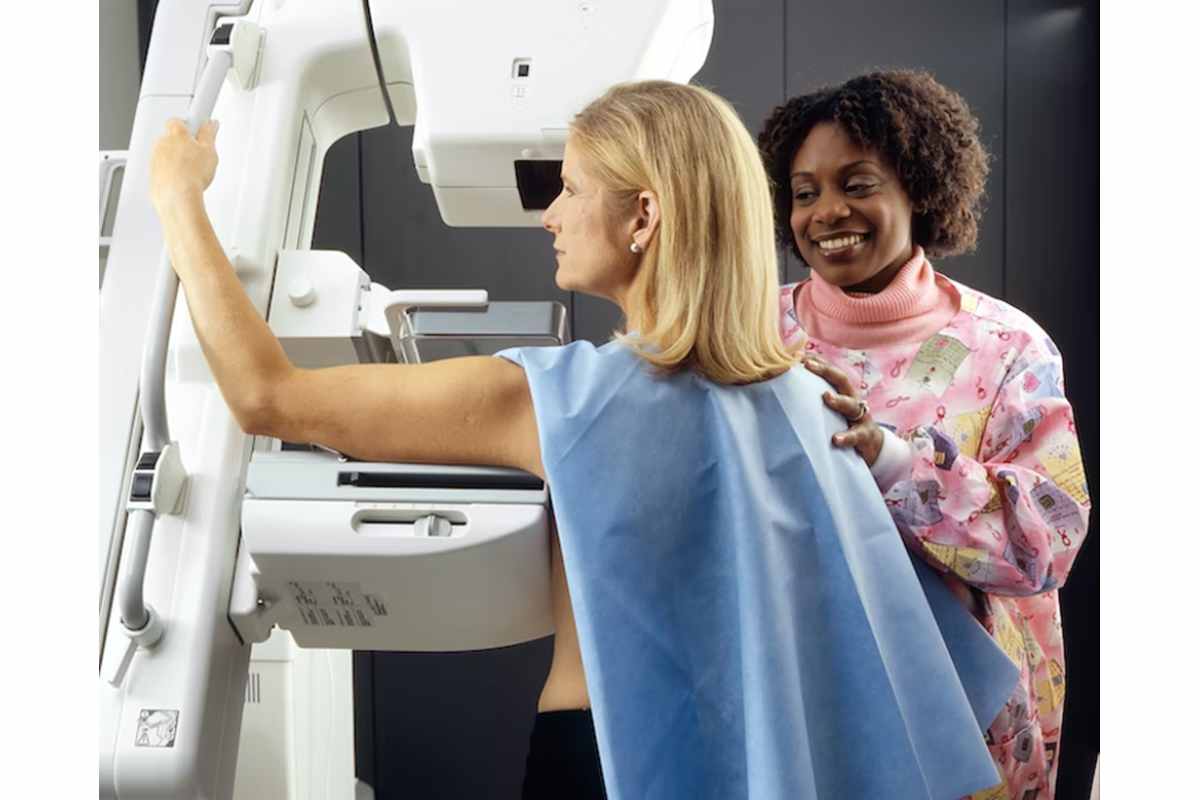Treatment Options for Varicose Veins
Varicose veins don’t always require treatment, especially if they aren’t causing discomfort. However, you may need medical attention to treat complications, including skin discoloration, swelling, or leg ulcers, and to ease symptoms. You can also get treated for cosmetic purposes.
Varicose veins are usually a result of your vein walls weakening. This may be due to the aging process, hormones, excess weight, and pressure in the veins from standing for extended periods. Signs of varicose veins may include dark blue or purple veins and veins that seem bulging and twisted. This article outlines five treatment options for varicose veins.
Table of Contents
1. Sclerotherapy
Sclerotherapy is a medical process involving the injection of a solution directly into the veins to eliminate varicose veins. This solution irritates the blood vessel’s lining, collapsing and sticking together and causing the blood to clot. The vessel becomes scar tissue and fades over time.
Before undergoing sclerotherapy, consult a vascular medicine expert or dermatologist to determine if you’re eligible for this treatment. This procedure isn’t ideal if you’re pregnant. Also, suppose you’ve had a blood clot before. In that case, your eligibility is usually decided individually and may depend on the reason for the clot and the overall health of the part requiring treatment.
2. Radiofrequency ablation therapy
Radiofrequency ablation therapy is a minimally invasive procedure for curing superficial venous insufficiency resulting in chronic venous disease and varicose veins using the heat from radiofrequency energy. Once the varicose veins are sealed, blood begins flowing to the healthy veins immediately.
Like any procedure, radiofrequency ablation has minor complications and risks, including bruising, bleeding, and infection at the incision site, blood vessel damage, inflamed veins, and on rare occasions, pulmonary embolism or nerve damage. Nonetheless, radiofrequency ablation therapy leaves no visible scars, offers immediate relief from symptoms, and ensures faster recovery.
3. Endovenous laser treatment
Endovenous laser surgery is a process that utilizes laser heat to lessen varicose veins. The laser device sends a thin radiation beam. The laser surgery shrinks and closes the varicose veins and leads to scar tissue in the vessel, sealing off the vein. Your doctor may recommend endovenous laser treatment if the varicose veins are swollen, red, or sore. It may also be suggested if the skin over the varicose veins irritates.
4. Ligation and stripping
Ligation is a surgical procedure for tying veins via a minor incision in the skin to avoid blood pooling. It can remain used together with vein stripping or vein removal. In most instances, the veins remain removed through venous ablation, a minimally invasive procedure. This surgery is done to treat varicose veins and to prevent their reoccurrence, especially if there’s proof of valvular incompetence in the primary veins that cause varicose veins. Get the pre-procedure tests to ensure you’re suitable for the ligation and stripping treatment.
5. Compression stockings
Compression stockings usually help lessen the appearance and uncomfortable or painful varicose vein symptoms. They offer consistent pressure in your legs, making blood flow back towards the heart. The compression stockings put more pressure close to the feet and ankles, offering an extra squeeze for promoting blood flow. The correct amount of pressure and type of stocking is based on the type, number, and underlying cause of someone’s varicose veins.
Endnote
Varicose veins can be painful and discomforting. Consider these treatment options for varicose veins.






